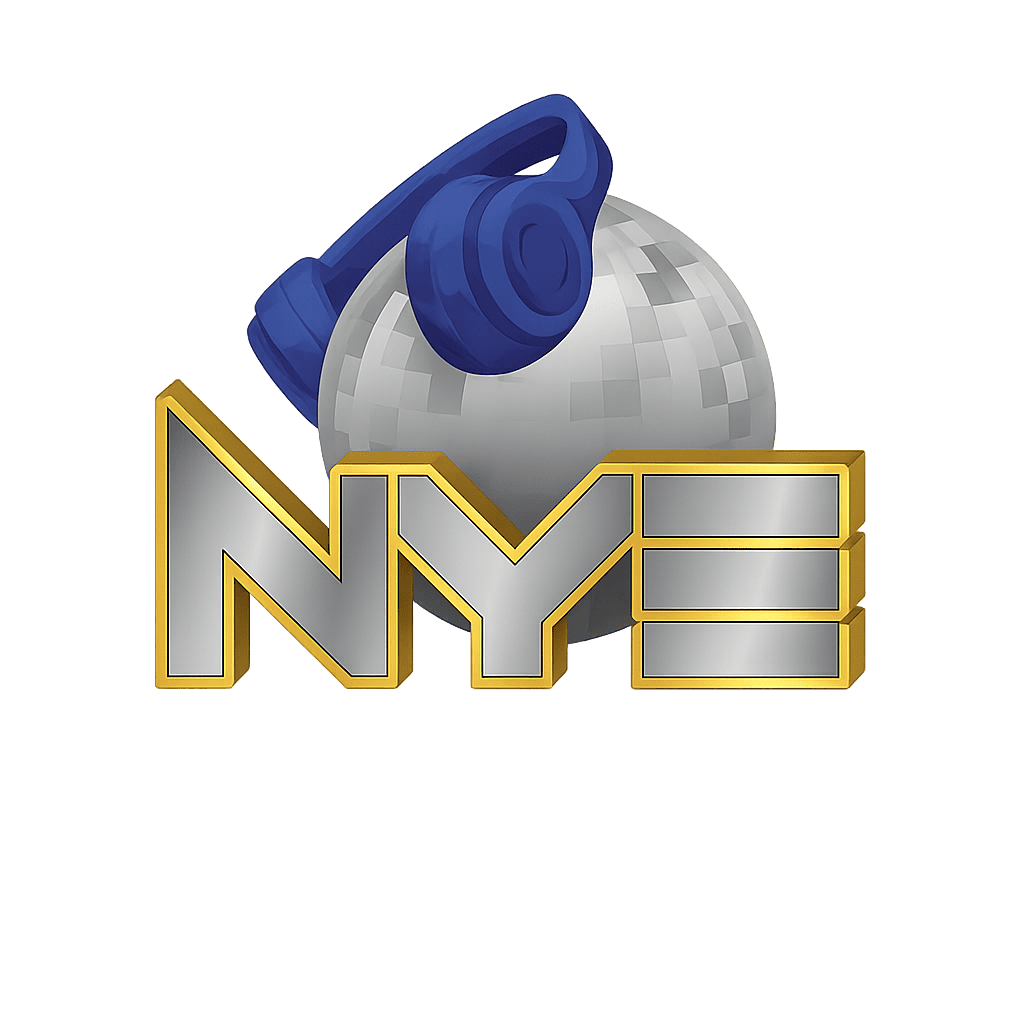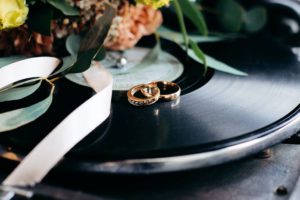
To the average person, a DJ is someone who shows up to a gig and plays some music. What the average person doesn’t know is how much equipment is needed to simply “play some music”. DJs spend a lot of time perfecting their craft, and a lot of money on the proper equipment, too.
If you’re new to DJing, ensuring you have the right DJ equipment can be intimidating. There are a lot of choices out there, and it’s not always easy to know what you should buy so you can start producing music and practicing for your first gig.
If you’re wondering where to start with your equipment list, look no further. Below is our handy beginner’s guide for essential DJ equipment.
Audio Source
Your audio source is the most important component of your DJ setup. You have three choices when it comes to your music library: vinyls, CDs, or digital files. Your choice of how you store your music will determine the rest of your DJ equipment setup, too. So, let’s break down the types.
For the purists, vinyl is the way to go. It’s the original medium of choice for the DJ pioneers of the industry. In a vinyl setup, you get your music from vinyl records and control the output with two turntables and an analog mixer. This setup is the classic one that most people think about when they imagine a DJ.
However, for new DJs, vinyl is not without its obstacles. The medium is fairly limited in its capabilities. There isn’t a lot of music available on vinyl anymore, as more artists go digital-only. Vinyl records are expensive and prone to damage, as well. If you want an extensive music library in vinyl, you’ll need to shell out hundreds of dollars (or potentially thousands) to build your ideal setlist.
CD Decks replaced vinyl turntables around the mid-2000s and are the second option for a DJ’s audio source. The setup for using CDs is like a vinyl turntable, with dual CD players surrounding an analog mixer. CD decks also allow you to play burned CDs with mp3s on them, which allows you a larger music selection. Used CD decks are also affordable, but CDs also fall victim to the same technical limitations as vinyl, as well as being impractical to carry.
The final and most popular audio source for modern DJs is a digital library and DJ mixing software. With this, your main piece of equipment is a laptop loaded with your DJ software of choice. Your music files are all at your fingertips either saved to the computer or via an external hard drive. This setup is by far the most versatile and cost-effective since you technically don’t need anything else except a sound system to plug into. You can theoretically control your mix directly with your mouse and keyboard.
However, using your mouse isn’t ideal, and there are other pieces of equipment you can buy that will control the software on your PC for you. With a digital library, you have an infinite number of songs available to you to mix. You can also take full advantage of digital effects and other mastering techniques that are difficult or impossible with physical music mediums.
DJ Software
For digital DJs, the bulk of your mixing capabilities lies in which DJ software you use. In short, DJ software are programs that mimic a vinyl or CD deck, but with more flexibility and features. Most allow you to mix more than two tracks at once and offer a variety of control features that old-school DJs once needed expensive mixing systems to use.
There are many DJ programs on the market at a variety of price points and features. For the true DJ on a budget, or someone just starting out, a free software like Mixxx has a good offering of features. You can test out how to blend tracks and add effects, and it even integrates with iTunes for easy access to your music library. Virtual DJ Home also offers a free version of its paid software, but you can only use it via your keyboard and mouse. It doesn’t allow you to hook up an external controller or mixer, so it isn’t ideal for long-term use or professional gigs.
In the mid-range price point are programs like Cross DJ and djay pro AI. For under $100 you can sink your teeth into a fuller range of mixing features. Explore transitions, multiple tracks, and utilize external audio interfaces and controllers for a more professional-quality sound.
For the serious DJ, you might want to consider shelling out a little more money for a top-of-the-line DJ software that has all the bells and whistles you could want. Serato DJ Pro, Rekordbox, and Traktor Pro 3 are some of the most popular premium options. They boast a wide array of features, and some even have digital cloud services to store your music library for ease of use on the go. Whichever DJ software you choose, be sure to do your research into the pros and cons of each choice.
Turntables, Mixers, and Controllers
Mixers, turntables, and controllers are important pieces of DJ equipment that are related to one another but have different capabilities. Each DJ, depending on their audio source, will need a custom setup of these items. In short, turntables, mixers, and controllers all allow a DJ to control the music. They help add effects, stabilize EQ, crossfade tracks, and more.
Turntables and mixers go hand in hand and are both integral for an analog DJ setup. Turntables are the vinyl or CD players that DJs use to “spin” their records. In the mid-90s, Hip Hop DJs gave birth to a style of sound effects called “turntablism” or “scratching”. They would move the record back and forth on the turntable to allow the needle to scratch the vinyl and create sound effects. This is what most people think of when they think of a DJ.
Mixers are devices that plug into turntables, digital controller systems, or other audio inputs to allow DJs to blend tracks together. They have a series of knobs and sliders on them to control EQ, levels, effects, and more. Mixers are useful for their versatility, and they give a DJ the greatest control over their set.
Controllers take the best of both worlds of turntables and mixers and converts their capabilities to a digital format. A controller connects to a laptop and allows a DJ to control their DJ software right from the controller. You can use a controller to queue tracks, add effects, and everything that a turntable and mixer setup can do, plus more capabilities that are only available for digital DJs.
Backups
Finally, for your first gig, you don’t want to forget the most important thing: backups for your music library. You never know what can happen when you get to a venue, so you’ll want to have multiple formats for your library so you’ll always have something to play. For analog DJs, make sure you have a way to store your vinyls or CDs and keep a backup set in your equipment bag just in case something gets damaged in transit. You may also want to consider having a digital setup as well in case your venue doesn’t have the proper hookups for your analog gear.
Digital DJs will want to make sure their music library is saved in multiple locations, preferably on a few physical hard drives in case of internet failure. Save backups of your setlist on flash drives, external hard drives, and to your laptop itself so you’ll be prepared for whatever life throws your way.
You’re Just Getting Started
Your DJ journey is likely just beginning. Hopefully, this guide will help you select your equipment and give you the tools you need to get started. In our next blog, we’ll cover some more advanced pieces of DJ equipment, plus an emergency kit that every DJ should have for their gigs. Stay tuned!
Want to really sound like a pro DJ? Check out our custom DJ drops to add to your sets.





